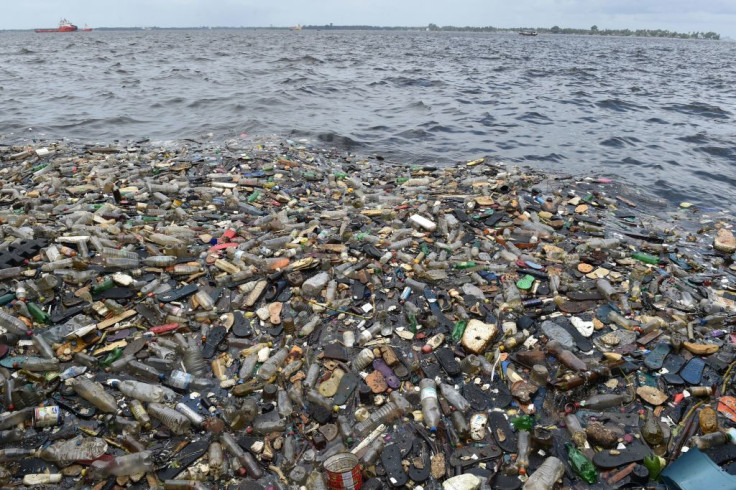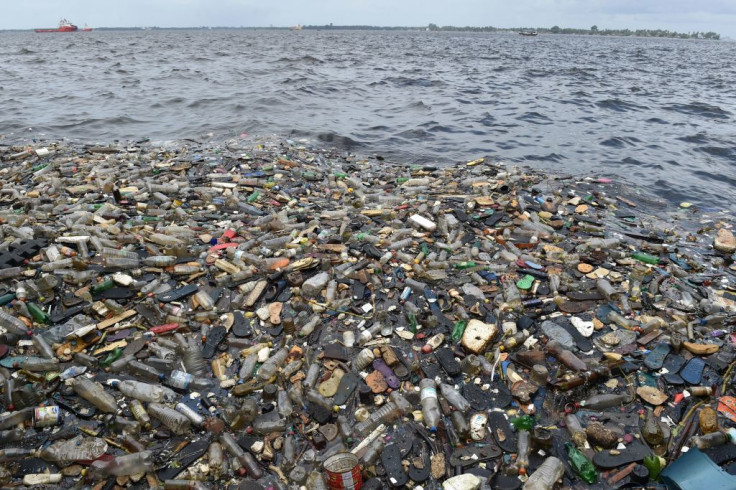Plastic Pollution Facts We Should Not Ignore

There will be more plastic than fish in all the oceans and seas by 2050, and this dismaying fact is one among many cited by environmentalists warning us to seriously limit our use of all kinds of plastics – now!
Another equally disturbing fact: the fish we eat are also eating plastic. It’s not yet known what health effects eating fish with plastic in their bodies can do to us, but new studies are shedding more light on this problem.
What’s clear is plastic remains a danger to all living things and the environment, and that plastic use worldwide keeps increasing despite frantic efforts to limit its production. And the deadliest plastic of all because of its incalculable abundance as waste is single-use plastic.
The top 10 countries ranked by mismanaged plastic waste in 2018 are China, Indonesia, the Philippines, Vietnam, Sri Lanka, Thailand, Egypt, Malaysia, Nigeria and Bangladesh. All of these plastic polluters are developing countries, with eight of 10 located in Asia, including the top 5.
These countries won’t stop polluting because of the almost limitless supply of plastics available to them coupled with governmental and societal inaction on this problem.
Here are plastic pollution facts we ignore at our peril:
Plastic production won’t be significantly reduced until consumers demand it. Since the 1950s until this decade, the annual production of plastics jumped nearly 200-fold to 381 million metric tonnes in 2015. By weight, this amount is roughly equivalent to the mass of two-thirds of the world population.
More than 80 percent of ocean plastics come from land-based sources, with 20 percent from marine sources such as fishing gear. More than half of plastics in the Great Pacific Garbage Patch (GPGP) come from fishing nets, ropes and fishing lines.
High-income countries tend to generate more plastic waste per person but also recycle more plastic than developing nations. Environmentalists say how plastic waste is managed determines its risk of entering the ocean.
High-income countries have very effective waste management systems. Their mismanaged waste and ocean inputs are therefore low. Poor waste management across many middle- and low-income countries means they dominate the sources of global ocean plastic pollution.
This fact makes the improvement of waste management systems across the world critical to addressing plastic pollution.
Single-use plastic bottles remain one of the biggest ocean pollutants. According to Earth Day, Americans purchase over 50 billion single-use plastic water bottles every year. This averages to about 13 bottles per month for every person in the United States.
Plastic shopping bags are another huge problem. Less than 1 percent of these bags are returned for recycling. Want a stunning statistic? Single-use plastics like grocery bags are only used for an average of 12 minutes and then they waste away very slowly in a landfill for hundreds of years if not recycled.
Plastic in our bodies is now a real threat. Fish keep on ingesting micro-plastics used in facial cleaners and toothpastes, and where will many of these fish end up? On our plates.
In 2018, a trial at the Medical University of Vienna found plastics in the excrement of eight people from eight countries. Only six out of these eight ate seafood. This means the other two ingested plastic in another way such as food wraps and plastic straws. Some might even have inhaled the plastics.

This new study is the first to find clear evidence of plastic in the human body and it won’t be the last. Researchers concluded microplastics in the human body might disrupt immune function in the gut and cause other health issues.
We do know that plastic causes intestinal damage in sea animals. We also know important things about the chemicals in plastics and how these interact with our bodies.
Of particular concern is a chemical called BPA, which might lead to weight gain and hormone imbalance because it can mimic the effect of estrogen in the body. It may also cause deformities of the male and female genitals, trigger premature puberty in females and lower sperm quality.
BPA can also increase the risks of breast and prostate cancers, infertility, miscarriages, obesity, type 2 diabetes, allergies and neurological problems.
Published by Medicaldaily.com



























